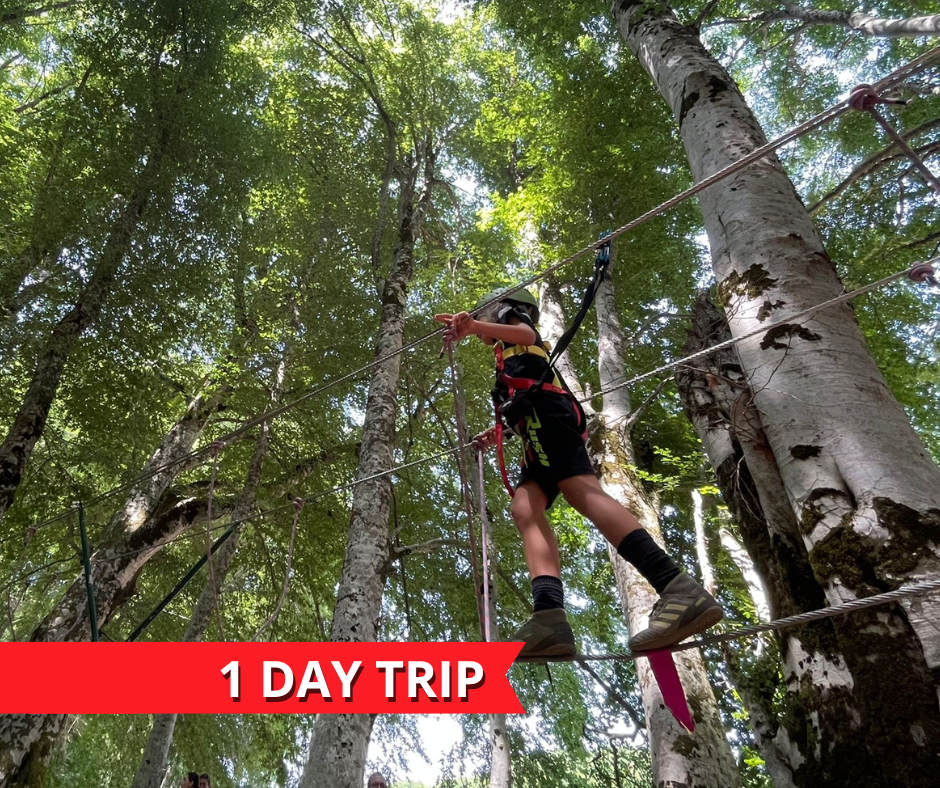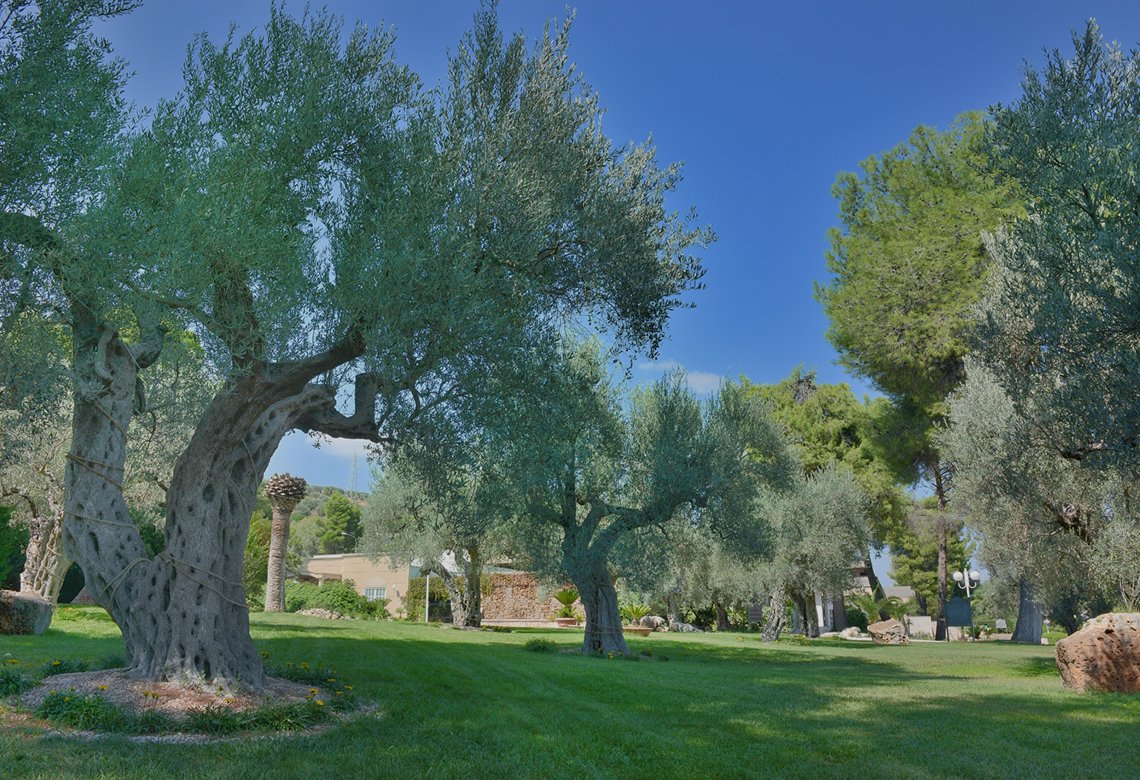Ferrandina, a town enclosed in the Basento Valley, is a small nucleus rich in history where noble palaces, religious buildings and ancient monuments testify to the importance this village has had over the centuries in the events and imaginations of peoples and sovereigns.
The town's characteristic feature is its white houses arranged next to each other, set in the surrounding landscape traversed by the majestic calanques, geomorphological conformations caused by soil erosion, which create exciting and visually striking scenery.
Ferrandina's original name was Troilia, a toponym given to it by its founders, colonists from Magna Gecia. According to tradition, Troilia was built in honour of the now destroyed city of Troy.
An important cultural centre during the Magna Graecia and Roman periods, the city continued to be a renowned centre during the Byzantine era and under Aragonese rule.
Today, its history lives on through the centuries and it is still possible to appreciate the many testimonies that have made this characteristic Lucanian village famous.







